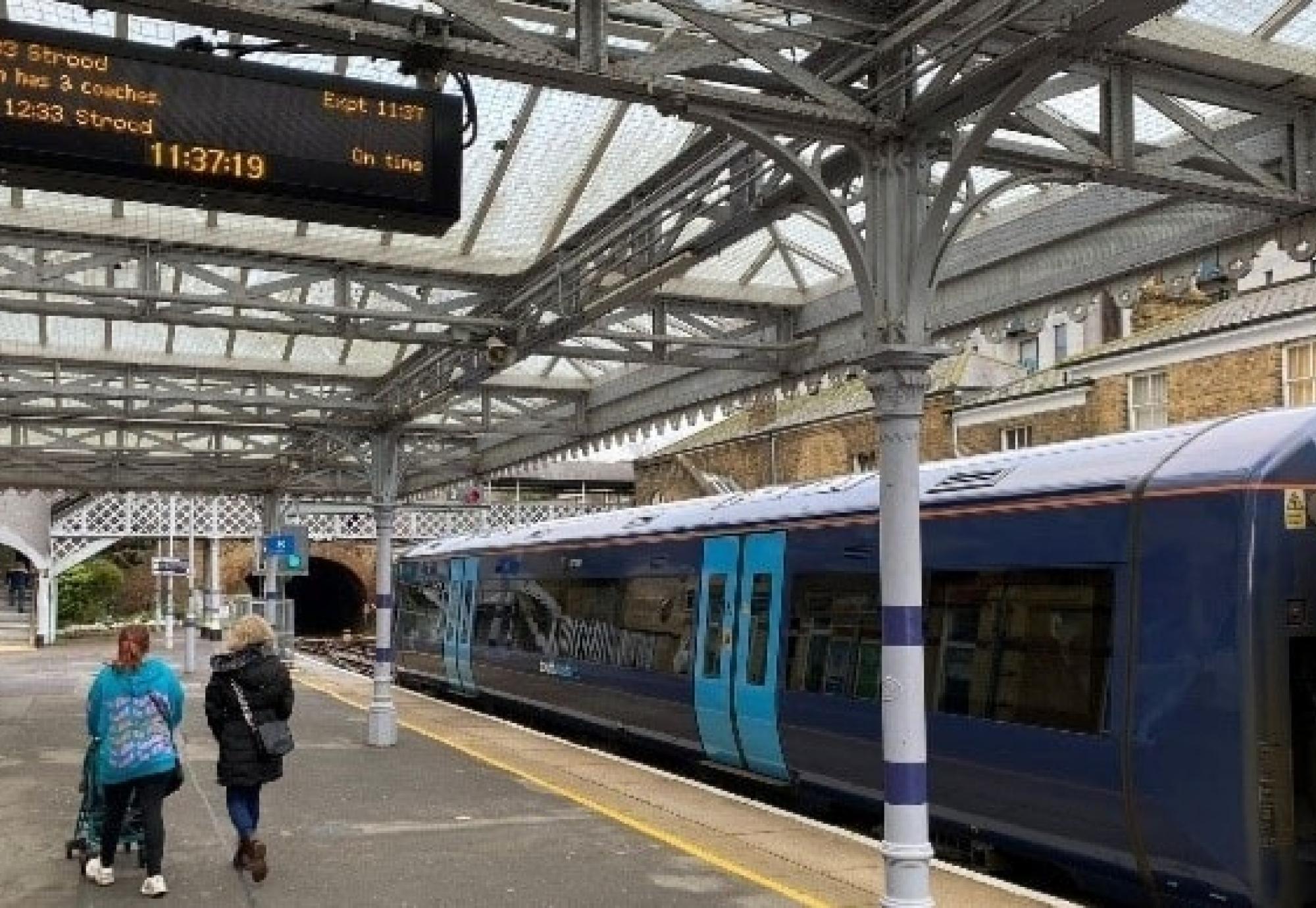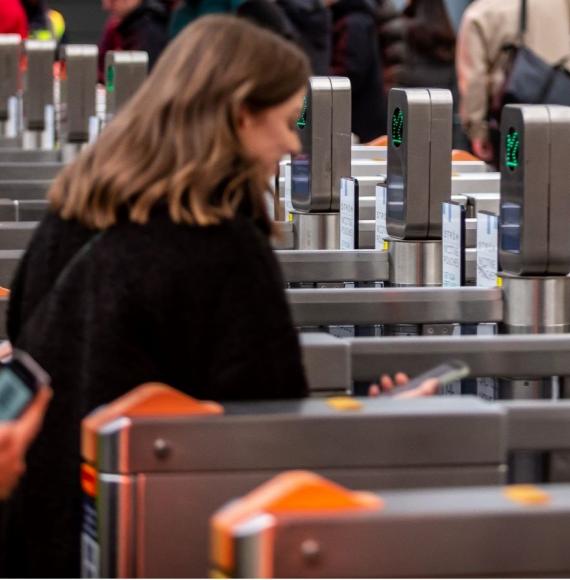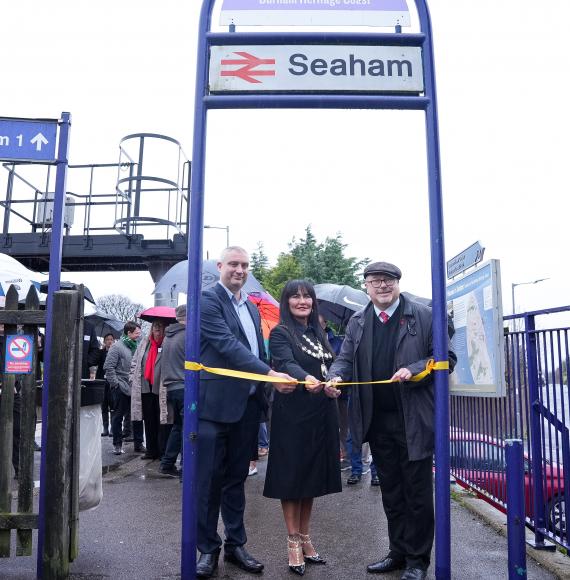Starting on Thursday 31st October until Sunday 3rd November (inclusive) the Medway Valley line will be closed between Paddock Wood and Maidstone West. During this time, Network Rail engineers will build a 200-metre long sheet pile wall along the railway line near Teston, approximately 1km from East Farleigh station, which will help prevent landslips. The wall will stop soil and debris from reaching the tracks in the event of a landslip caused by flooding or heavy rain.
Landslips can cause a lot of disruption and delays to passengers, which is why this work at Teston is crucial for the continued safe and reliable running of services on the Medway Valley line.
To make the best use of the time when the line is closed, East Farleigh station and the signal box, both built in 1844, will also be repainted and refurbished while worn-out rail will be replaced at Maidstone West.
When the landslip prevention work is taking place, services between Paddock Wood and Strood will start and terminate at Maidstone West.
Alongside this planned work, the Medway Valley Line has been the subject of a Daytime Access Scheme, which means that engineers don’t have to undertake some engineering work they would normally have to do at night, but instead do so during the day. This trial aims to deliver a better railway at lower cost, and potentially brings other benefits.
David Davidson, Network Rail’s Kent Route director, said: “It’s important that we proactively identify and introduce preventative measures at sites prone to landslips to ensure that we keep passengers safe and services running reliably.
“Some of the slopes or cuttings on either side of our tracks need to be strengthened by improving drainage or adding stronger materials to the slope itself, such as the sheet pile wall at Teston.”
Scott Brightwell, Southeastern Operations and Safety director, said: “We understand changes to our services can be frustrating but by working with Network Rail we can schedule these works in advance and provide alternative options for our customers and reduce the chances of highly disruptive short notice changes.”
Photo credit: Southeastern Railway

















